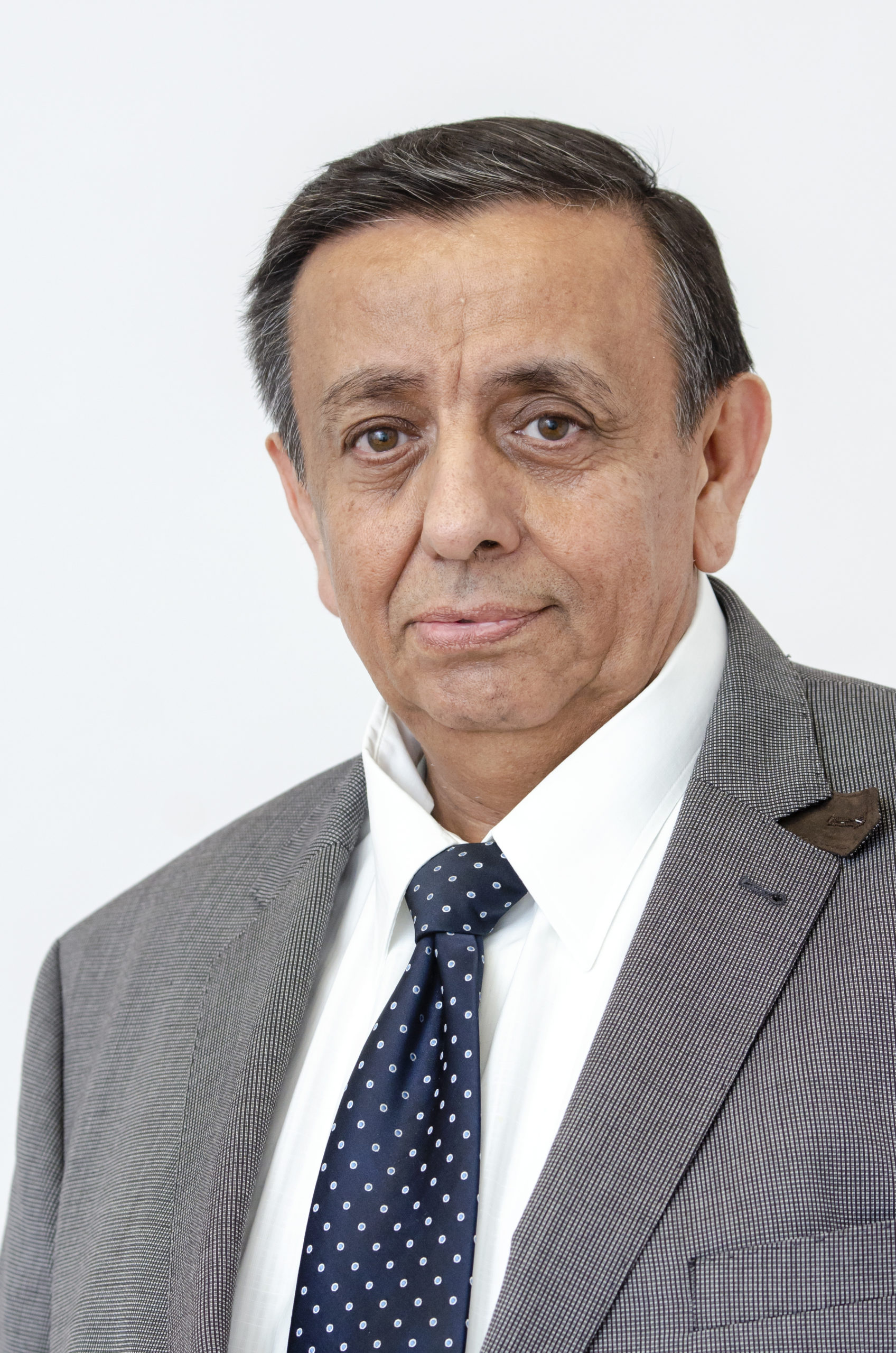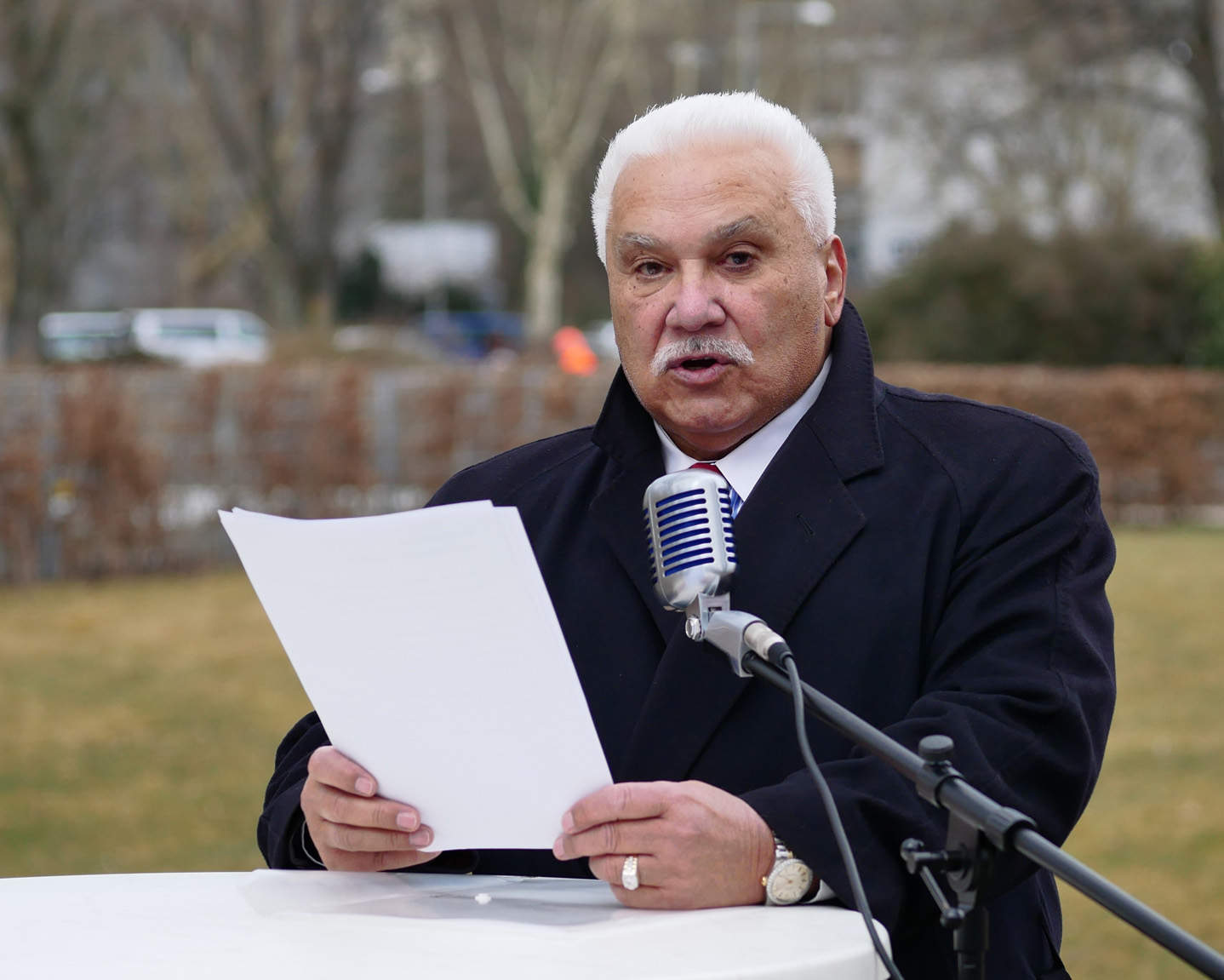2 August 2020
Dr Jens-Christian Wagner
Director of the Bergen-Belsen Memorial and of the Lower Saxony Memorials Foundation
Statement on the occasion of the European Holocaust Memorial Day for Sinti and Roma 2020
Ladies and Gentlemen,
My name is Jens-Christian Wagner; I am the director of the Bergen-Belsen Memorial and director of the Foundation for Lower Saxony Memorials.
In early August 1944, 76 years ago today, the SS dissolved the so-called “Gypsy Family Camp” in Auschwitz-Birkenau. In the language of the SS, this was called “liquidation”. Anyone who was considered unable to work, especially the old and children, was sent to the gas chambers. The SS only left about 3000 men and women alive – they were to perform forced labour for the “Final Victory” propagated by the National Socialists.
While the women were sent to Ravensbrück concentration camp, the SS took almost all surviving boys and men to the Harz mountains, to Mittelbau-Dora concentration camp. From there they – as well as many women from Ravensbrück – were transported to the Bergen-Belsen concentration camp in the spring of 1945. This meant that the majority of the Sinti and Roma who had survived in the concentration camps were liberated in Bergen-Belsen, a place which therefore occupies a special place in the collective memory of the minority.
There is a second reason why Bergen-Belsen is an important place of remembrance for Sinti and Roma in Germany: In October 1979, various Roma associations and the Society for Threatened Peoples organised a commemoration in the Bergen-Belsen Memorial. The aim was to draw attention both to the persecution and murder of the Sinti and Roma under National Socialism and to the continuing exclusion even in the 1970s.
For the just emerging civil rights movement of the Sinti and Roma in Germany, the commemoration event in Bergen-Belsen (similar to a hunger strike at the Dachau memorial the following year) was of significance not to be underestimated. It is probably no exaggeration to call the Bergen-Belsen memorial a birthplace of the Sinti civil rights movement. Today, a good forty years later, we would like to remember this, too.
In the meantime, the self-organisations of the Sinti and Roma have become an integral part of German civil society, also in Lower Saxony. Nevertheless, there is hardly any topic of Nazi persecution that has such topical references as the persecution of the Sinti and Roma. Today, we commemorate the several hundred thousand victims of the Nazi genocide of the Sinti and Roma. It would be negligent to construct false historical analogies. Nevertheless, we must not close our eyes to the fact that even today Sinti and Roma in Germany and Europe are discriminated, marginalised and often attacked by the majority society. We must stand up to this together. A day of remembrance like today should also contribute to this. Let us say No to racism against Sinti and Roma and Yes to an open, democratic and liberal social order with historical awareness and vigilance.
Statements

Romani Rose
Chairman of the Central Council of German Sinti and Roma

Katarina Barley
Vice President of the European Parliament

Helena Dalli
European Commissioner for Equality

Mehmet Daimagüler
Dr. Mehmet Daimagüler, Antigypsyism Commissioner of the Federal Government

Roberta Metsola
Roberta Metsola, President of the European Parliament

Claudia Roth
Vice President of the German Bundestag

Paul Blokhuis
Dutch State Secretary Paul Blokhuis

Chris J. Lazaris
Amb. Chris J. Lazaris, IHRA Chairman

Fernand des Varennes
UN Special Rapporteur UN minorities

Anna-Nicole Heinrich
President of the Synod of the Evangelical Church in Germany (EKD)

Justin Trudeau
Prime Minister of Canada

Roman Kwiatkowski
Chairman of the Association of Roma in Poland

Erich Schneeberger
Deputy Chairman of the Documentation and Cultural Center of German Sinti and Roma and Chairman of the Association of German Sinti and Roma

Timea Junghaus
Executive Director
European Roma Institute for Arts and Culture (ERIAC)

Adam Strauß
Chairman of the Council of German Sinti and Roma in Hesse

Manon Aubry
Manon Aubry, MEP

Adrian-Nicolae Furtuna
Historian at the University of Bucharest

Philomena Franz
Holocaust Survivor

Angelina Kappler
German former Weinkönigin

Marian Kalwary
Chairman of the Association of Jews,
Survivors and Victims of the Second World War










